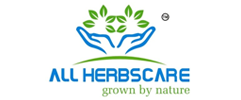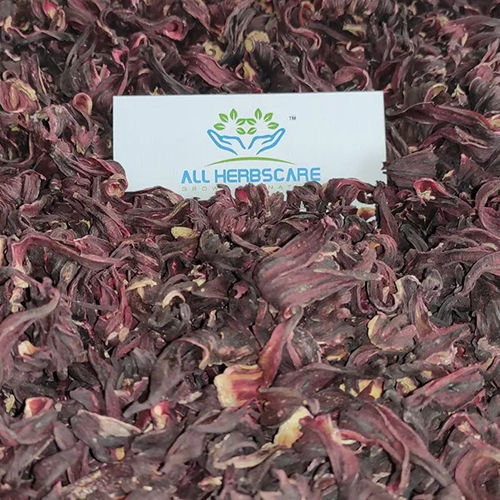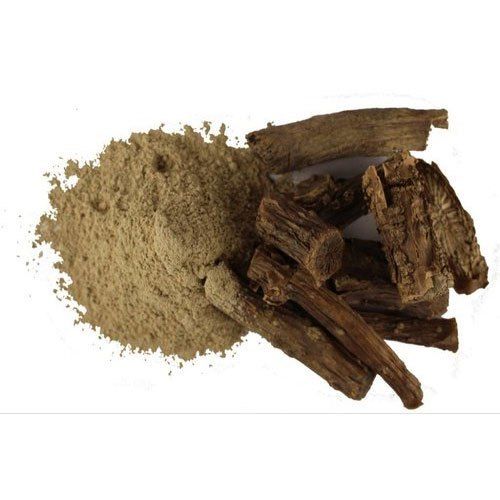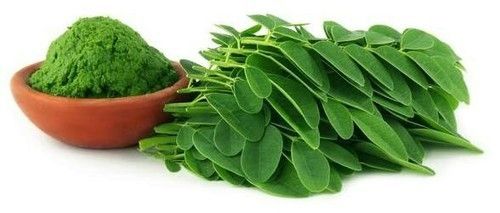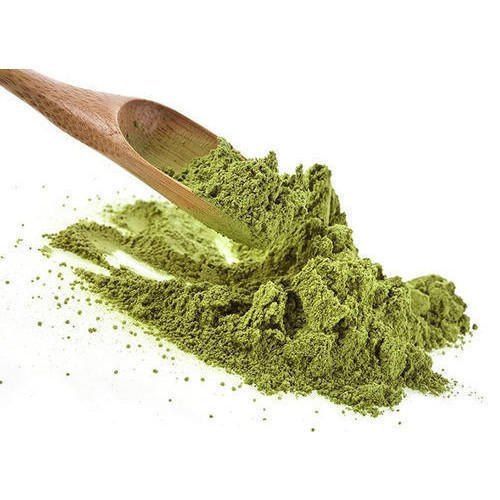- Home Page
- Company Profile
-
Our Products
- Natural Herb's Powders
- Natural Henna Powder
- Dried Lavender Buds
- Hibiscus Flower
- Amla Powder
- Haritaki Powder
- Guduchi Powder
- Safed Musli Powder
- Holy Basil Powder
- Shatavari Powder
- Hibiscus Powder
- Brahmi Powder
- Bhringaraj Powder
- Reetha Powder
- Giloy Extract Powder
- Natural Manjistha Root Powder
- Moringa Leaves Powder
- Lecorice Root Powder
- Stevia Powder
- Ashwagandha Powder
- Natural Licorice Powder
- Dried Tulsi Leaves Powder Ingredients
- Dried Tulsi Leaves Powder
- Naturals Brown Tulsi Powder
- Tulsi Leaves Powder
- Ayurvedic Giloy Powder
- Natural Guduchi Powder
- Giloy Powder
- Neem Giloy Powder
- Bhumi Amla Powder
- Natural Bhumi Amla Powder
- Ashoka Powder
- Arjuna Powder
- Gokharu Powder
- Gudmar Powder
- Gotukola Powder
- Natural Vetiver Root Powder
- Kalmegh Powder
- Natural Kalmegh Root Powder
- Natural Punarnava Powder
- Punarnava Powder
- Safed Musli Root Powder
- Pilalimool Powder
- Amba Haldi Powder
- Alfalfa Powder
- Wheat Grass Powder
- Babool Powder
- Natural Bibhitaki Powder
- Bibhitaki Powder
- Triphala Powder
- Manjistha Powder
- Kaunch Seed Powder
- Trifala Powder
- Herbal Vetiver Root Powder
- Natural Kaunch Seed Powder
- Butterfly Blue Pea Flower
- Dry Hibiscus Flower
- Dry Rose Petals
- Chamomile Flower
- Dried Flowers
- Botanical Extracts
- Dehydrated Vegetable Powders
- Natural & Essential Oils
- HERBS POWDER FOR COSMETIC
- Natural Amla Powder
- Licorice Powder
- Tulsi Powder
- Vetiver Root Powder
- Herbal Manjistha Powder
- Natural Reetha Powder
- Natural Brahmi Powder
- Jatamansi Powder
- Aloevera Powder
- Orange Peel Powder
- Pomengranate Peel Powder
- Rose Petal Powder
- Organic Hibiscus Powder
- Senna Leaves Powder
- Organic Natural Henna Powder
- Natural Indigo Powder
- VEGETABLES,FRUITS AND SPICE POWDERS
- TEA BAG INGREADIANTS (CUT & SHIFTED)
- NATURAL RAW HERBS
- Dried Lemongrass
- Dried Rosemary
- Dried Nettle Leaves
- Dried Green Tea Leaves
- Dried Thyme Leaves
- Dried Peppermint Leaves
- Dried Spearmint Leaves
- Dried Parsley Leaves
- Dried Basil Leaves
- Dried Moringa Leaves
- Dried Stevia Leaves
- Dried Fenugreek Leaves
- Dried Shatavari Root
- Dried Ashwagandha Root
- Dried Amla
- Soapnut HERBS
- HERBAL INGREDIENTS FOR HEALTHCARE PRODUCTS
- Haritaki Harad Herbal Powder
- Rubia Cordifolia Powder
- Dehydrated Mint Leaves Powder
- Withania Somnifera Powder
- Moringa Oleifera Leaves Powder
- Aloe Vera Powder
- Asparagus Racemosus Root Powder
- Terminalia Chebula Powder
- Glycyrrhiza Glabra Root Powder
- Stevia Sweetener Powder
- Stevia Leaves Powder
- Arjuna Bark Powder
- Mulethi Powder
- Ashwagandha Powder
- Natural Manjistha Powder
- Curry Leaves Powder
- Fenugreek Powder
- Amlaki Amla Powder
- Beet Root Powder
- Herbal Methi Powder
- Emblica Officinalis Powder
- Organic Spirulina Powder
- Noni Fruit Powder
- Bacopa Monnieri Powder
- Boswellia Serrata Gum
- Barley Grass Powder
- Bringaraja Herbal Powder Eclipta Prostrata
- HERBAL INGREDIENTS FOR COSMETIC PRODUCTS
- Lemon Peel Powder
- Ocimum Sanctum Powder
- Aloe Barbadensis Powder
- Mint Leaves Powder
- Licorice Root Powder
- Natural Indigo Powder Green
- Herbal Henna Powder
- Reetha Soapnut Herbal Powder
- Henna Powder
- Reetha Herbal Powder
- Shikakai Powder
- Herbal Brahmi Powder
- Pomegranate Peel Powder
- Aritha Powder
- Bhringraj Powder
- Neem Leaves Powder
- Ashwagandha Roots
- Multani Mitti Mud
- Organic Amla Powder
- Dried Leaves
- Dried Herbs
- Flower Tea
- Herbal Tea
- Dried Powder
- Dry Rose Petals
- Indian Ayurvedic Herbs
- Seeds
- Natural Herb's Powders
- Certificates
- Contact Us
Hibiscus Flower
390 INR/Kilograms
Product Details:
- Type Dried Flowers
- Variety Other
- Part Flower
- Color Dark Pink
- Shelf Life 24 Months Months
- Click to View more
X
Hibiscus Flower Price and Quantity
- 25 Kilograms
- 390 INR/Kilograms
Hibiscus Flower Specification
- Dried Flowers
- Dark Pink
- Flower
- 24 Months Months
- Other
Hibiscus Flower Trade Information
- India
- Cash in Advance (CID) Cash Advance (CA)
- 5000 Kilograms Per Month
- 7 Days
- Yes
- Contact us for information regarding our sample policy
- 20 kg pp bag
- Asia Australia Central America North America South America Eastern Europe Western Europe Middle East Africa
- All India
- FSSAI, GMP,ISO,APEDA
Product Description
Hibiscus sabdariffa, commonly known as hibiscus or roselle, is a tropical plant widely known for its beautiful red flowers and numerous health benefits. The plant s calyx (the outer part of the flower) is often used in a variety of culinary, medicinal, and cosmetic applications. Here are some of the most common uses of Hibiscus sabdariffa:
1. Culinary Uses
- Tea (Roselle Tea): The dried calyces of Hibiscus sabdariffa are most commonly used to make a tangy, bright red herbal tea. Known for its refreshing, tart flavor, hibiscus tea is rich in antioxidants and is enjoyed both hot and cold. It is often sweetened with sugar or honey and sometimes flavored with citrus or spices like ginger.
- Juices and Beverages: Hibiscus is used to make flavorful juices and drinks in many cultures. It is often mixed with other fruit juices to create refreshing, nutrient-packed beverages.
- Jams and Jellies: The calyces can be used to make jams, jellies, or syrups, combining their tartness with sweetness to create delicious spreads and toppings.
- Flavoring Agent: Hibiscus flowers can be added to sauces, soups, and stews to impart a tangy, slightly sour taste. It s also used in some recipes for savory dishes, especially in certain African and Caribbean cuisines.
2. Medicinal Uses
- Rich in Vitamin C and Antioxidants: Hibiscus sabdariffa is packed with vitamin C, flavonoids, and anthocyanins, making it a potent antioxidant. These compounds help combat oxidative stress, support immune function, and promote overall health.
- Blood Pressure Regulation: Several studies have shown that hibiscus tea may help lower blood pressure, particularly in people with mild to moderate hypertension. Its natural diuretic and vasodilating properties are believed to contribute to this effect.
- Digestive Health: Hibiscus is known for its mild laxative effect and ability to support digestion. It can help soothe the stomach and reduce symptoms like bloating or indigestion.
- Weight Management: Some research suggests that hibiscus extract may aid in weight loss by improving fat metabolism and reducing fat accumulation, though further studies are needed.
- Anti inflammatory & Antibacterial Properties: Hibiscus has natural anti inflammatory and antibacterial properties that can help fight infections and reduce inflammation in the body.
- Liver Health: Some studies suggest hibiscus may have protective effects on liver health, helping to detoxify the body and promote the health of liver cells.
3. Cosmetic Uses
- Skincare: Hibiscus is often used in skincare products due to its high antioxidant content, which helps to fight free radicals, reduce signs of aging, and improve skin elasticity. Hibiscus is also known for its natural exfoliating properties, which can gently remove dead skin cells.
- Hair Care: Hibiscus extracts are used in hair care products to promote healthy hair growth, improve scalp health, and prevent hair loss. Hibiscus has moisturizing properties that help condition and strengthen hair.
- Face Masks & Serums: Due to its anti aging properties, hibiscus is often a key ingredient in facial masks and serums designed to reduce wrinkles, brighten skin, and enhance skin tone.
4. Traditional Uses
- Cultural and Ritual Significance: In many parts of the world, particularly in Africa and Southeast Asia, hibiscus flowers have been used for their symbolic value and in traditional rituals. The flower is often seen as a symbol of beauty, femininity, and fertility.
- Natural Dye: The deep red color of hibiscus flowers can be used to create natural dyes for textiles, foods, and cosmetics. It has been traditionally used as a dye in many cultures for both artistic and practical purposes.
5. Aromatherapy
- Essential Oil: Hibiscus is sometimes used in aromatherapy, where its essential oil is believed to have calming and mood lifting properties. It is often blended with other floral or citrus oils to promote relaxation and reduce stress.
6. Supplements
- Hibiscus extract is available in supplement form, often marketed for its benefits related to blood pressure, cholesterol levels, and antioxidant support. It is sometimes sold in capsules, tablets, or powder form.
How to Use Hibiscus sabdariffa:
- Hibiscus Tea: Simply steep 1 2 teaspoons of dried hibiscus flowers in hot water for 5 10 minutes, then strain and sweeten to taste.
- As a Powder: Hibiscus powder can be added to smoothies, juices, or used in cooking and baking.
- Topical Use: Hibiscus can be found in various skincare products or mixed with other ingredients like honey or yogurt to make face masks.
Whether consumed for health benefits or used topically for skin and hair care, Hibiscus sabdariffa offers a wide range of applications that make it a versatile and valuable plant.
Let me know if you need more information on any specific aspect of hibiscus usage!
Tell us about your requirement

Price:
Quantity
Select Unit
- 50
- 100
- 200
- 250
- 500
- 1000+
Additional detail
Mobile number
Email
Other Products in 'Natural Herb's Powders' category
 |
ALL HERBSCARE
All Rights Reserved.(Terms of Use) Developed and Managed by Infocom Network Private Limited. |
